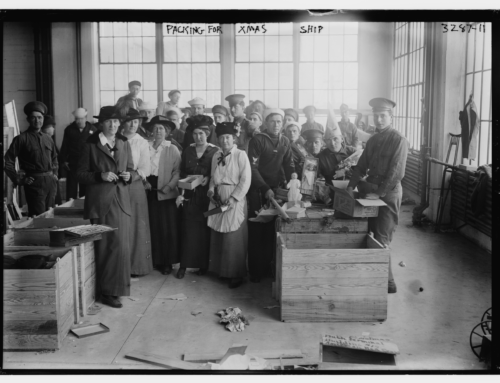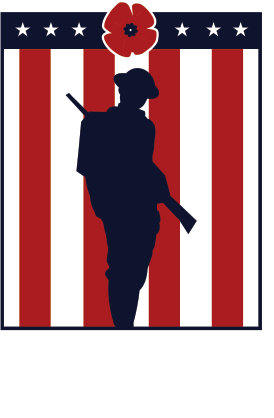WWI Trench Guns: Shotguns for Ferocious Fighting
Published: 5 March 2025
By Kurt Allemeier
via the Rock Island Auction Company website
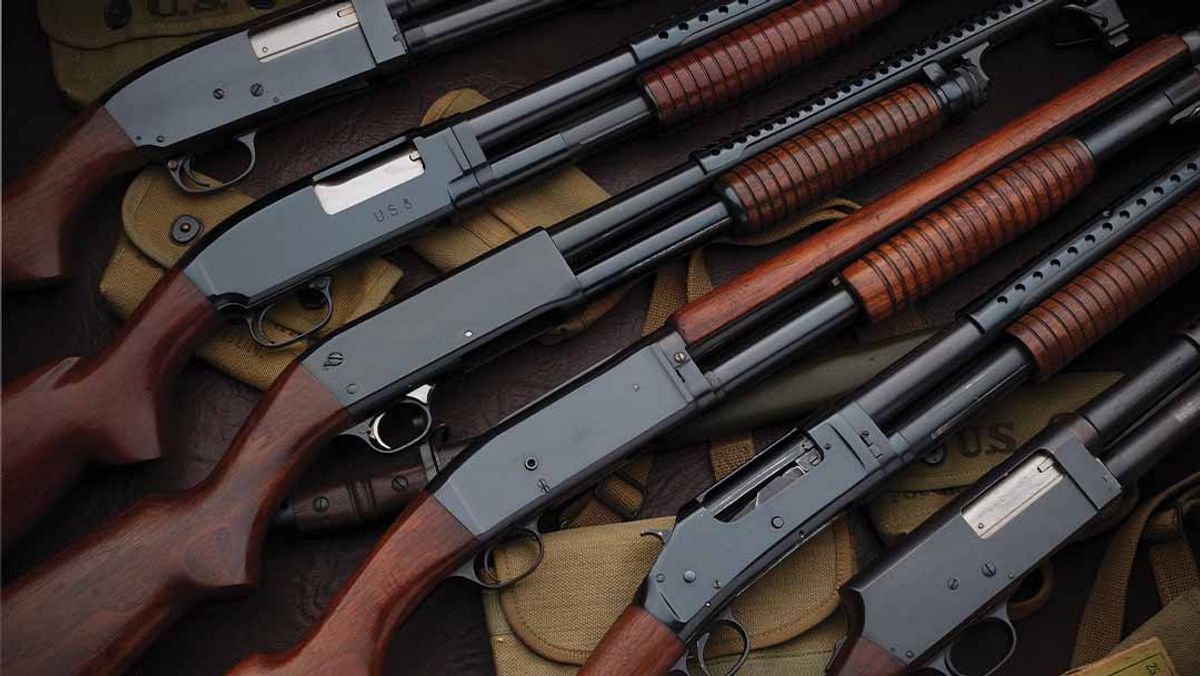
Trench-gun-adshot
Several outstanding examples of trench shotguns will be available in Rock Island Auction Company's May 2-4 Premier Auction in Bedford, Texas.
The warfighters of World War 1 had one foot in the past and one in the future. Swords and horses were still being used but automatic weapons, airplanes and tanks were newfangled weapons. When the American Expeditionary Forces showed up they brought an old-new weapon with them, the trench shotgun.
Long a sporting weapon for deer or game birds, newly designed pump action shotguns now fitted with heat shields and bayonets could get off shots quickly, sweeping a trench and earning that nickname, “trench sweeper.” Interest in these early 20th century military – and very American – weapons has grown in recent years and Rock Island Auction’s May 2-4 Premier Auction will have several outstanding examples.
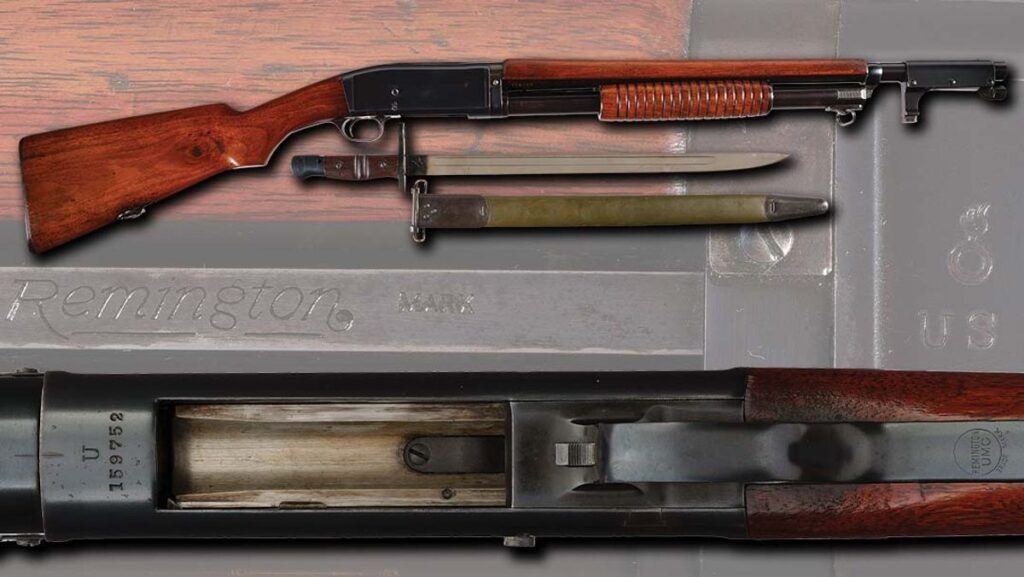
This U.S. Remington-UMC Model 10-A slide action trench shotgun should be the top of any military collector’s list. Manufactured under a U.S. Army contract for 3,500, many were converted back to riot or sporting shotguns. This Remington Model 10-A trench gun has a 23-inch barrel, wooden handguard, bayonet lug, a scabbard for the bayonet, World War 1 era ammunition and two canvas shotgun ammunition pouches marked with Ordnance Department inspected marks.
Rise of the Trench Shotgun
U.S. soldiers attempting to quell the 1900 Philippines uprising often found their weapons ineffective against the ferocious suicide attacks by Moro swordsmen. Capt. John Pershing saw one weapon stand out during this close quarters fighting — the Winchester Model 1897 trench shotgun. While soldiers returned to using .45 Colt revolvers with more stopping power than their .38 Colts, the close quarter fighting also served as the spark for the M1911 in .45 ACP.
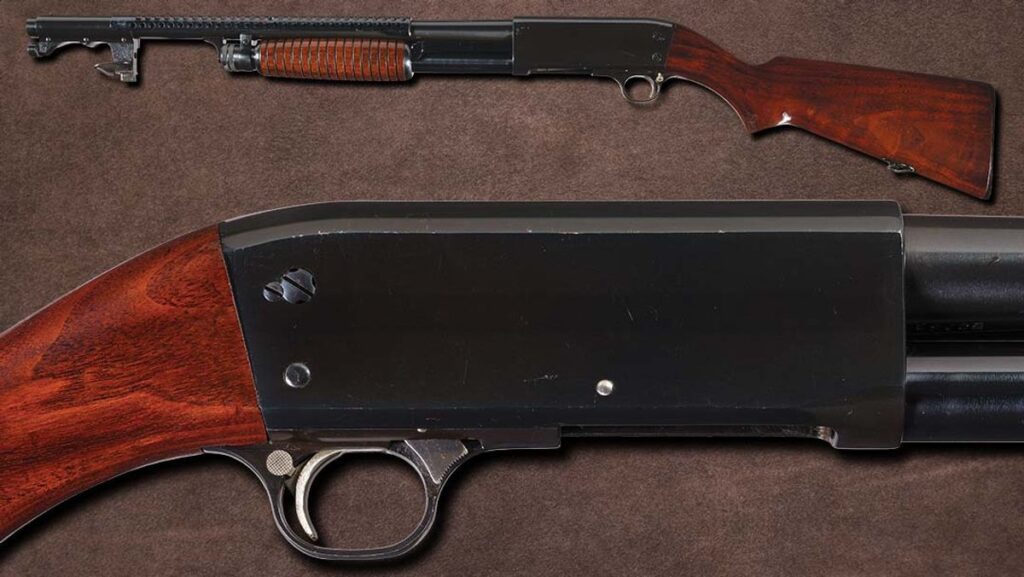
One of the rarest of the World War 2 trench shotguns is the Ithaca Model 37. Reportedly, only 1,422 of these guns were manufactured on U.S. contract during World War 2. This shotgun, capable of slam firing, is accompanied by copies of factory records showing it was shipped to the Augusta Ordnance Depot in Georgia in July 1942. The gun has a small flaming bomb proof stamp on the left side of the receiver and the initials “R.L.B.” for inspector Col. Roy L. Bowlin, of the Rochester Ordnance District. U.S. property-marked ammunition and a tan canvas ammunition pouch is also part of this lot.
As the United States prepared to join the fight in World War I, Pershing, now a general and head of the American Expeditionary Forces, recalled the Winchester trench gun’s effectiveness in the Philippines and envisioned how the shotguns could be wielded in the trenches of the French battlefields. He asked the Ordnance Department to request modifications.

Manufactured in the late 1960s to the mid-1970s as the commercial Winchester Model 1200, this Vietnam era U.S. marked slide action shotgun purchased by U.S. Ordnance had a heat shield and bayonet lug mounted on it. These arrived as the Vietnam War was coming to a close so they saw use by U.S. service personnel in Grenada, Panama, the Persian Gulf and more. Most were destroyed after service so they are scarce today. This shotgun has U.S. markings and includes a M1 pattern nylon sling.
The popular civilian model Winchesters, invented by John Moses Browning, had 20-inch barrels, a sling swivel, bayonet adapter, and perforated metal heat shield over the 12-gauge barrel. The trench gun was born.
The weapons got good reviews from the troops.
“Shotguns in this regiment have given very satisfactory results. Their effectiveness at short ranges, on raids and patrols makes them a most desirable weapon, and I would recommend that they be adopted,” wrote one unit commander.
→ Read the entire article on the Rock Island Auction Company website.
External Web Site Notice: This page contains information directly presented from an external source. The terms and conditions of this page may not be the same as those of this website. Click here to read the full disclaimer notice for external web sites. Thank you.

